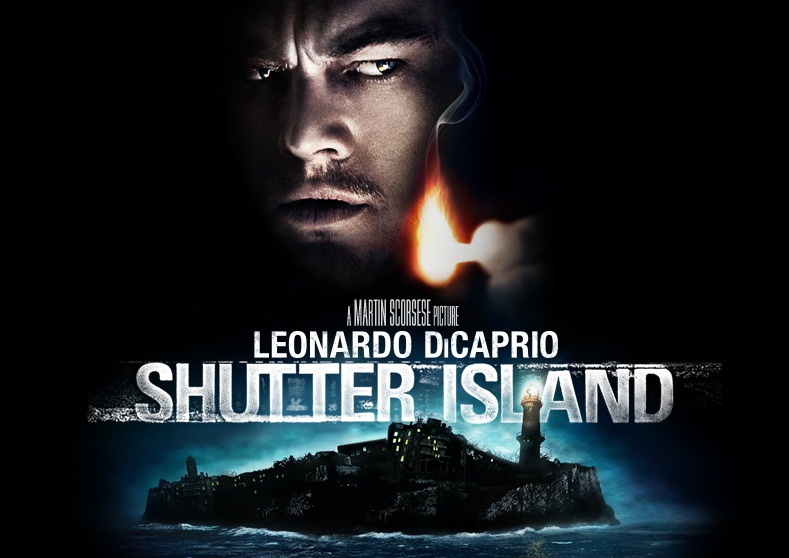The hologram is a spectacular invention of the modern era: an innocuous artefact that can miraculously generate three-dimensional imagery. Yet this modern experience has deep roots. Holograms are part of a long lineage: the ability to generate visual “shock and awe” has, in fact, been an important feature of new optical technologies over the past century and a half.
The post Holograms and the technological sublime appeared first on OUPblog.
By Robert Kolker
“That’s that,” quoting Ace Rothstein at the end of Casino. I didn’t end the Martin Scorsese chapter on an optimistic note in the fourth edition of A Cinema of Loneliness. There is more than a hint that the Scorsese’s creative energies might be flagging.
My pessimism grew from the direction — or lack of direction — Scorsese’s films had taken over the past decade. I thought that the big productions of the 2000s — Gangs of New York, The Aviator, and The Departed — indicated some kind of flailing about for ideas. These films were not as lean and mean as the earlier gangster movies that worked at the speed of light and were deliriously comic in their basic brutality.

Copyright Paramount Pictures. Source: shutterisland.com.
Shutter Island seemed to seal the decline. An unofficial remake of Samuel Fuller’s 1963 Shock Corridor, the film could have been made, I thought, by anyone. It bore none of the hallmarks of Scorsese’s style and all of the hallmarks of an overwrought Hollywood gothic tale.
An obvious riposte to my pessimism is that I am not in a position to question an artist’s evolution. Scorsese no more than any other filmmaker is bound to repeat himself, and the great gangster and street films of his early period are a thing of the past. Artists change with time, and the results of that change may not be to everyone’s taste. At least not to mine.
With this in mind, I went to see Hugo with a lot of skepticism. Why would Scorsese make a film in 3D? The only reason I could come up with — aside from the fact that he might just wish to experiment with the old/new screen technology of the moment — is that Alfred Hitchcock made a 3D film when that format was first introduced in the 1950s: Dial M For Murder. Scorsese almost always roots his work in films of the past. His imagination is constructed of film. He is an amateur archivist, with a huge collection of movies that he watches continually. He has his cast and crew look at old movies when they are preparing a new one. His films become something of archival works themselves, full of allusions to their predecessors. But there is more to it than this.
I have resisted the recent 3D craze. I did go to see Avatar out of curiosity. James Cameron does not often repay curiosity. But something stood out in that film. The mise-en-scène of Cameron’s mythical world, with its floating vegetation in a liquid like atmosphere, reminded me of the underwater sequences of Georges Méliès’s A Trip to the Moon (Le voyage dans la lune, 1902). This magical film — Méliès was a magician as well as a filmmaker — was just one entry into his enormous filmography of fantasy filmmaking, his counter to the



